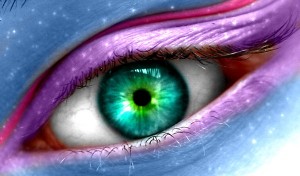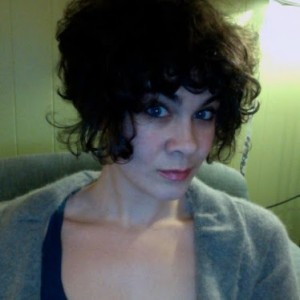
I’m spending the morning waiting for my car in the repair shop. Four men in flannel (I missed the flannel memo) and I sit around smelling tires and inhaling exhaust fumes while an enchanting little fairy is in constant motion around her daddy. She climbs on him, giggles, turns around, and then she’s back to twirling on the tile.
She’s bouncing and spinning around in her pink frilly skirt. Her black cable knit tights are sagging around her tiny knees, and her puffy coat makes her arms stand out further than is natural. To top off the ensemble is a shiny crystal tiara. It’s been tacked down to her head with what appears to be about 60 haphazard bobby pins.
She’s probably four years old. So little, so vulnerable. She doesn’t seem concerned about it as she sings about teapots and ladybugs in her black Mary Janes. I feel myself tear up as I watch her. I tear up as I watch him watch her. She could not possibly know at four what impact this man, his character, or his words will have on her for years to come. And, maybe he doesn’t know either.
So, to all the daddies with little girls who aren’t old enough yet to ask for what they need from you, here is what we wish you knew:
1. How you love me is how I will love myself.
2. Ask how I am feeling and listen to my answer, I need to know you value me before I can understand my true value.
3. I learn how I should be treated by how you treat my mom, whether you are married to her or not.
4. If you are angry with me, I feel it even if I don’t understand it, so talk to me.
5. Every time you show grace to me or someone else, I learn to trust God a little more.
6. I need to experience your nurturing physical strength, so I learn to trust the physicality of men.
7. Please don’t talk about sex like a teenage boy, or I think it’s something dirty.
8. When your tone is gentle, I understand what you are saying much better.
9. How you talk about female bodies when you’re ‘just joking’ is what I believe about my own.
10. How you handle my heart, is how I will allow it to be handled by others.
11. If you encourage me to find what brings joy, I will always seek it.
12. If you teach me what safe feels like when I’m with you, I will know better how to guard myself from men who are not.
13. Teach me a love of art, science, and nature, and I will learn that intellect matters more than dress size.
14. Let me say exactly what I want even if it’s wrong or silly, because I need to know having a strong voice is acceptable to you.
15. When I get older, if you seem afraid of my changing body, I will believe something is wrong with it.
16. If you understand contentment for yourself, so will I.
17. When I ask you to let go, please remain available; I will always come back and need you if you do.
18. If you demonstrate tenderness, I learn to embrace my own vulnerability rather than fear it.
19. When you let me help fix the car and paint the house, I will believe I can do anything a boy can do.
20. When you protect my femininity, I learn everything about me is worthy of protecting.
21. How you treat our dog when you think I’m not watching tells me more about you than does just about anything else.
22. Don’t let money be everything, or I learn not to respect it or you.
23. Hug, hold, and kiss me in all the ways a daddy does that are right and good and pure. I need it so much to understand healthy touch.
24. Please don’t lie, because I believe what you say.
25. Don’t avoid hard conversations, because it makes me believe I’m not worth fighting for.
It’s pretty simple, really. Little girls just love their daddies. They each think their daddy hung the moon. Once in a while when you look at your little gal twirling in her frilly skirt, remember she’ll be grown one day. What do you want her to know about men, life, herself, love? What you do and say now matters for a lifetime. Daddies, never underestimate the impact of your words or deeds on your daughters, no matter their age.
http://tarahedman.com/girls-daddies-knew/





















